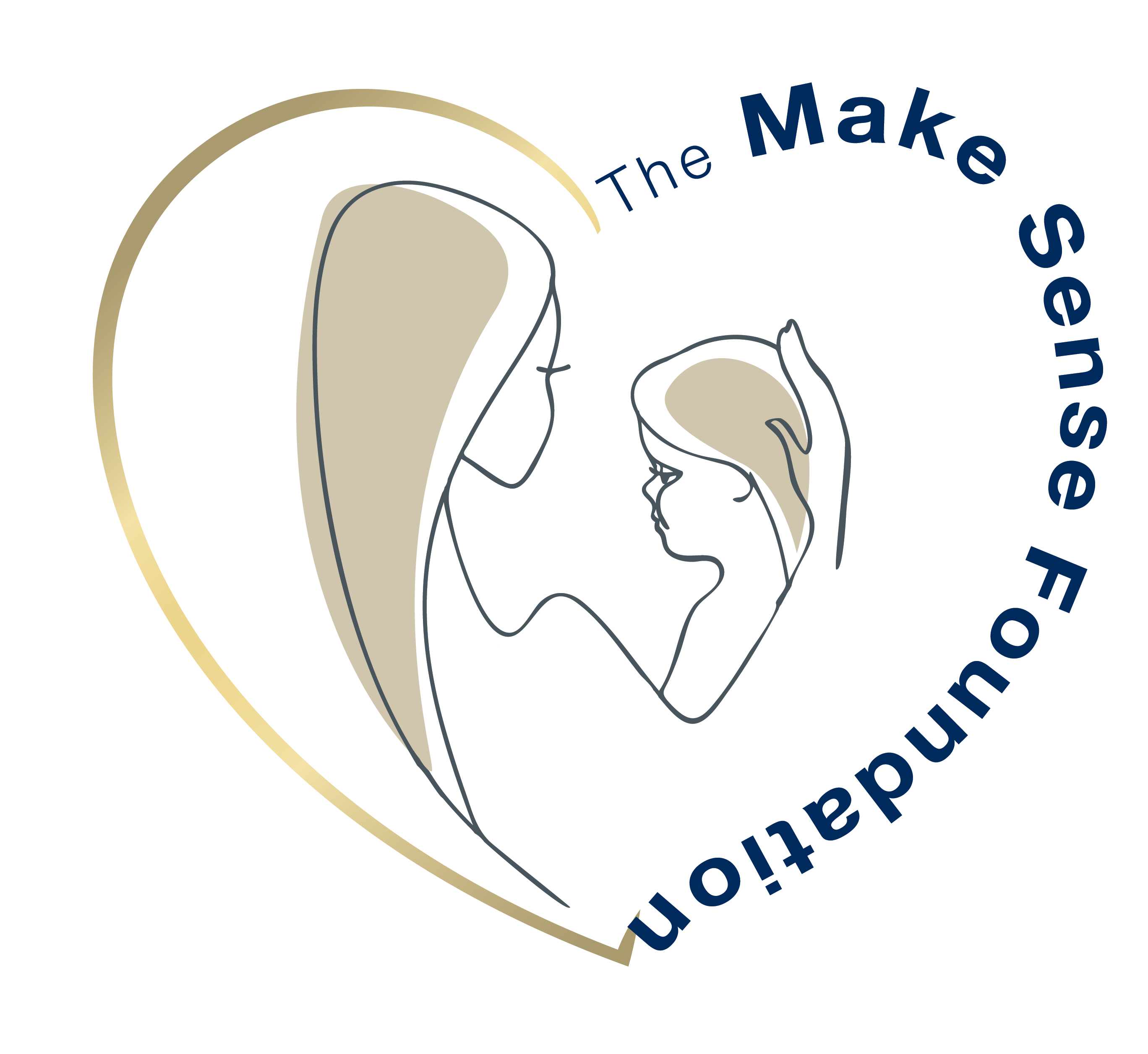Skip to content
Domestic Violence
- 1 in 3 women has experienced some form of physical violence by an intimate partner.
- Nearly 20 people per minute are physically abused by an intimate partner in the United States.
- U.S. Department of Justice estimates that 95% of assaults on partners or spouses are committed by men against women.
- Roughly 50% of domestic violence incidents go unreported each year.
- Studies now indicate that roughly 1/3 of abused people will become abusers as adults.
Human Trafficking & Sexual Slavery
- The United States is ranked as one of the worst countries in the world for human trafficking, with an estimated 199K incidents occurring annually.
- The U.S. Department of State estimates that nearly 18,000 people are trafficked into the United States each year.
- 3 most common forms of human trafficking are sex trafficking, forced labor, and debt bondage.
- Human trafficking is the fastest-growing and second-largest criminal industry in the world.
- It was estimated that in 2021, 27.6 million people were living in modern slavery across the globe.
Homelessness
- The United States has the largest number of women and children experiencing homelessness – 85% of those homeless families are headed by single women.
- Nearly three-quarters of people experiencing homelessness were adults aged 25 or older and 18% were children under the age of 18.
- 2.5 million children are now homeless each year in America (1 in 30)
- 90% of youth accessing youth shelters state that they experience difficulties at home that include fighting, abuse, or worse.
- The average age of a homeless person in America is 11 years old.
- Almost 60,000 families with children are homeless on any given night in the United States.
Poverty and Food Security
- Over 35 million people live in poverty in the United States.
- As of February 2022, poverty among children increased by 3.4 million.
- In 2021, the poverty rate in the United States was highest among those under the age of 18.
- Nealy 5% of U.S. deaths are found to be attributed to poverty each year.
- Child poverty rate is just over 15% which means 1 in 6 children live in poverty.
At-Risk Youth
- 7% of young women from low-income families have a child by the age of 18
- Only 1 in 10 youth from low-income families go on to graduate from a four-year college.
- Over a 24-hour period in 2020:
- Nearly 1,500 teens will attempt suicide.
- Over 2,700 teenage girls will become pregnant.
- Over 3, 500 teens will run away from home.
- 15,000 teens will use drugs for the first time.
- 2 teenagers will be murdered.
- 12 young people between the ages of 15 and 24 will die by suicide.
- CDC reports that 2.5 million U.S. middle and high school students reported using e-cigarettes in 2022.
- CDC also confirmed that almost 3,000 cases of e-cigarette or vaping use-associated lung injury and an average of 68 deaths in 2020.
- There were almost 5,000 children less than 5 years of age that went to a hospital emergency room after being in contact with nicotine from an e-cigarette or vaping in 2020.
Health and Wellness
- In 2023, it is estimated that nearly 10,000 children (0-15) and almost 5,000 (15-19) will be diagnosed with cancer.
- In children under 15, leukemia makes up 28% of all childhood cancers with brain cancer (26%) coming in second followed by lymphoma at 12%.
- Cancer is still the number one cause of death by disease among children in the United States.
- Every day, 47 children are diagnosed with cancer in the United States.
- The most common type of cancer in women is breast cancer, with over 300 thousand cases each year.
- It is estimated that nearly 50 thousand deaths from breast cancer will occur in the United States in 2023. In 2020, almost 685 thousand women across the world died from breast cancer.
- Heart Disease is still the number one cause of death in women in the U.S. – killing over 300 thousand in 2020 (about 1 in every 5 female deaths)
Education and Training
- 1 in every 8 women who are sole breadwinners in their families are unemployed.
- Two-thirds of single mothers work outside the home.
- Less than one-third of single mothers receive child support.
- 13.9% of single mothers did not graduate high school.
